TOWNS and villages throughout West Somerset held a variety of activities to mark the 80th anniversary of the D-Day landings.
They included a sausage and mash celebratory lunch in East Quantoxhead Village Hall on Saturday (June 8).
Beacons were lit in several communities, including Williton, Porlock Weir, and West Quantoxhead, and Union flags were flown by many of the shops in Watchet town centre.

Services were held with the Royal British Legion (RBL) at the war memorials in Watchet and in Williton.
A challenge for youngsters aged up to 16 years in Williton leading up to the D-Day commemoration was also organised by the parish council.
They were invited to walk around the village to find miniature model soldiers in shop windows each containing a letter of the alphabet for an anagram which made up a word associated with D-Day.
Williton’s events started with a morning service at the war memorial organised by Williton RBL branch and led by Bishop Nigel Stock, with a wreath laid by parish council chairman Cllr Peter Payne on behalf of the legion and council, with representatives attending also from the council, Brownies, Cadets, and Cubs.
There were cream teas and a display of wartime memorabila in The Pavilion and the day was rounded off with a beacon lighting.
Cllr Payne said: “We are honoured to have joined in the beacon lighting ceremony, paying homage to the immense bravery and sacrifice of the D-Day veterans.
“It is a moment to reflect on the freedom and peace we enjoy today, made possible by the heroic actions of those who fought on D-Day.”
The day was rounded off with cake especially baked and decorated for the occasion by Glenmore Bakery.

In Dulverton, residents were invited by the RBL to watch a screening in the Town Hall of the classic film about D-Day, ‘The Longest Day’.
Residents and shopkeepers in Porlock dressed in period clothing and local safari guide and former soldier Richard Growden displayed his 1939 Morris 12 car outside his shop Squires.
The car, which he has named ‘Harold’, was used during the Second Word War to take officer pilots to and from their airfield digs and munitions huts at RAF Leeming in North Yorkshire.
‘Harold’, which still has its original wartime light filter and service vehicle lines, was also used in the classic 1969 film ‘Battle of Britain’.
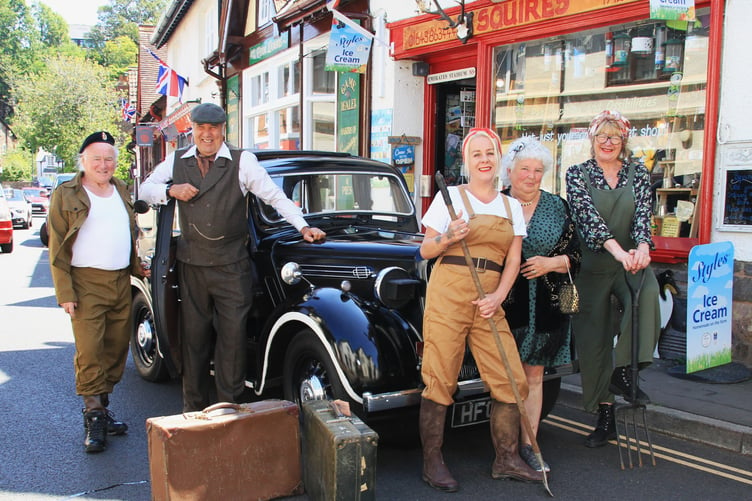
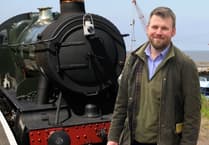
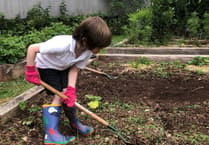
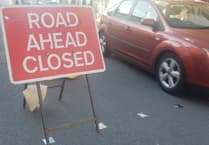
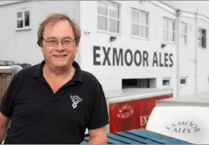
Comments
This article has no comments yet. Be the first to leave a comment.